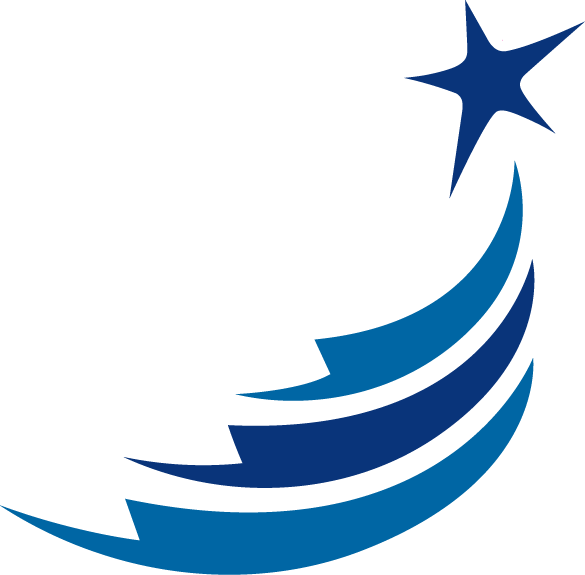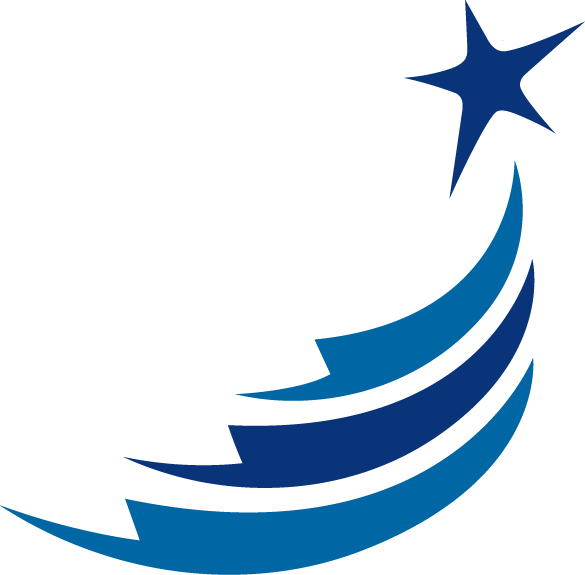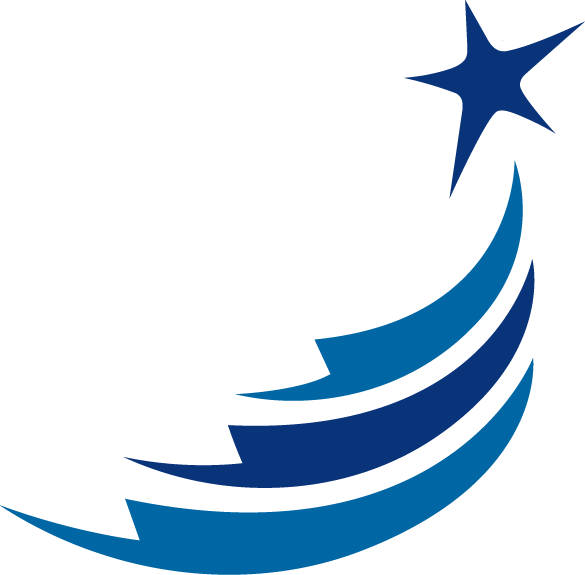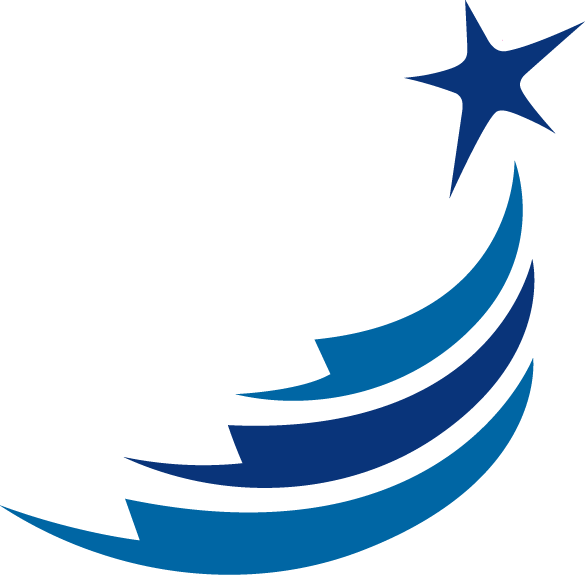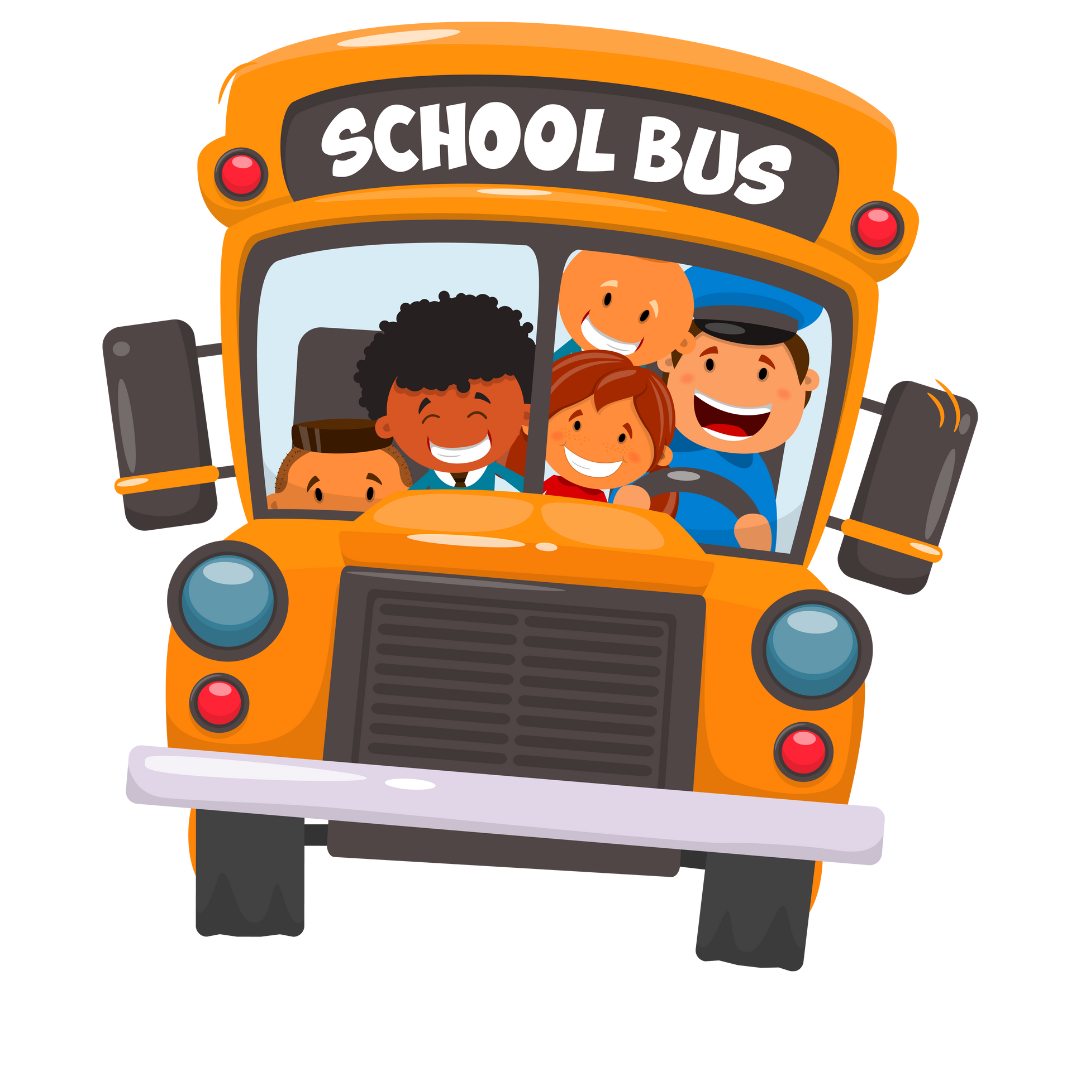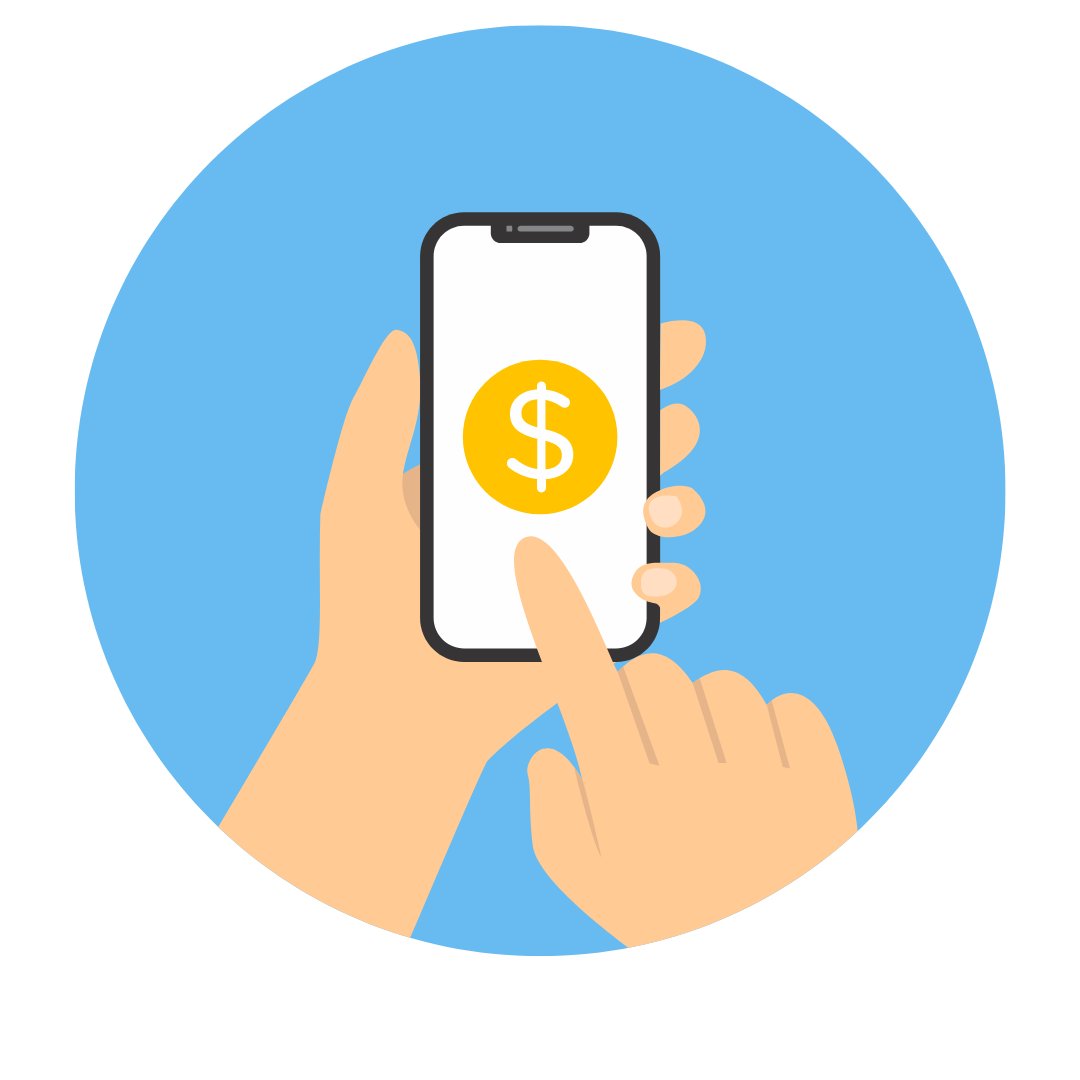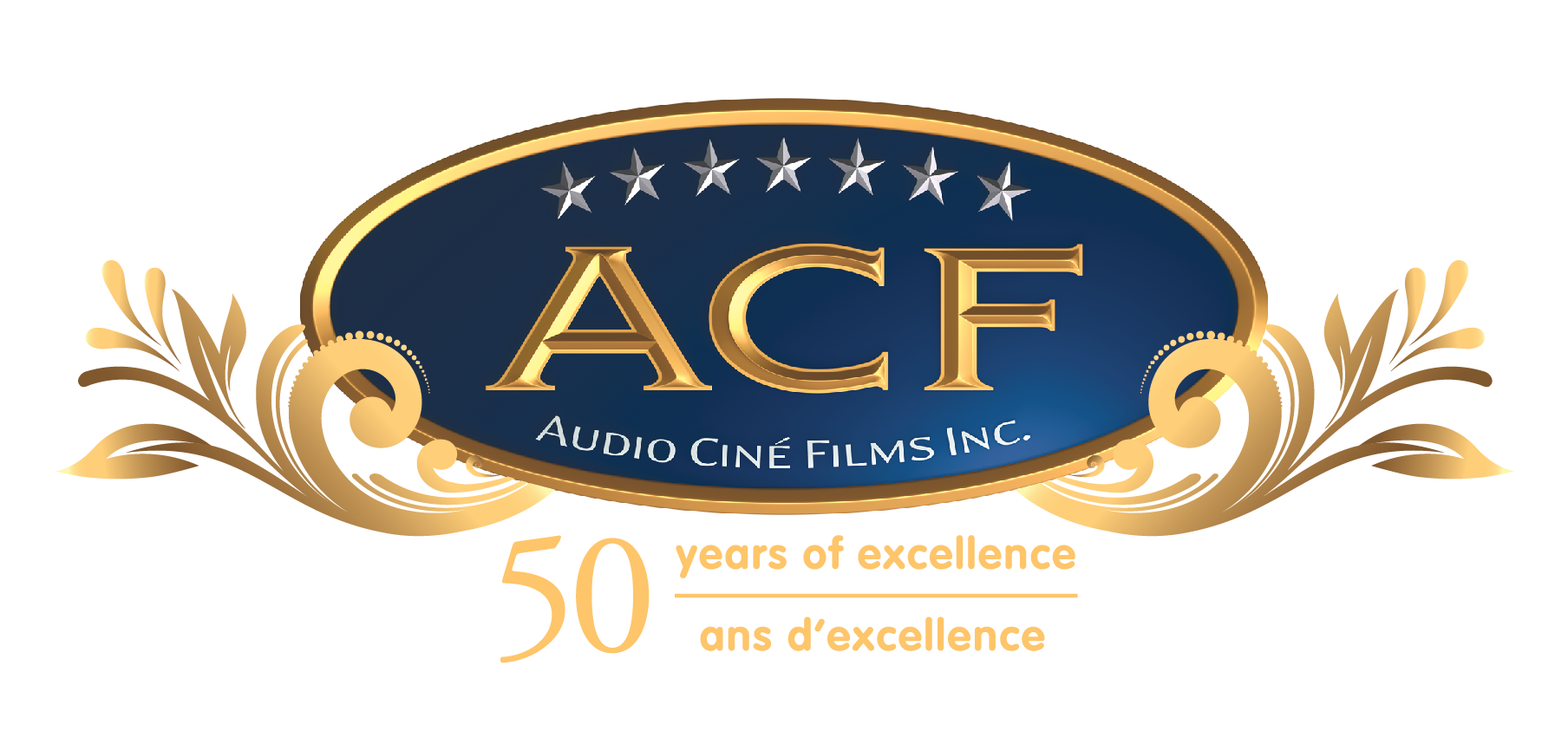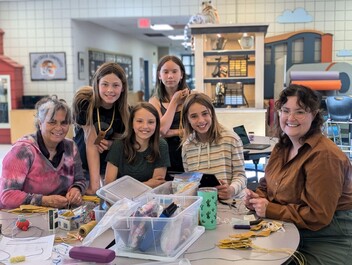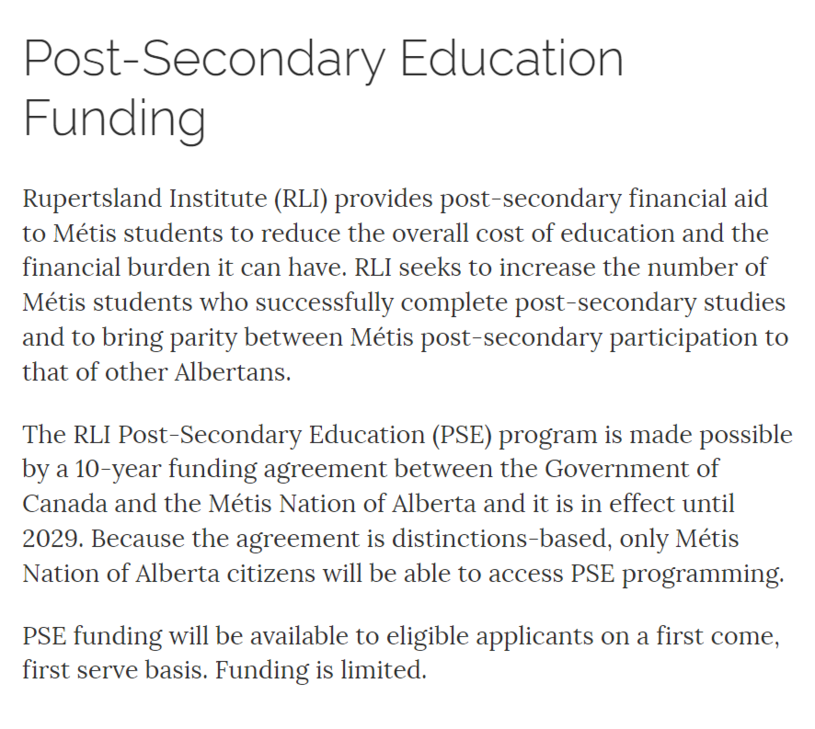In addition to our divisional Indigenous Education Program Coordinator, each of our schools has a designated Indigenous Education lead who helps further our divisional priorities in Indigenous Education. At Peace River School Division, we are committed to:
Working Together
We build relationships. We connect with students, staff and teachers within our schools. We connect with other schools and we connect with our wider community.
Connecting with Culture
We connect students and staff with the history, culture and perspectives of (especially local) Indigenous people in a culturally appropriate way that honours protocol and inspires pride in our Indigenous students.
Increasing Engagement
We increase student and community engagement in our school system by demonstrating that school is now a safe place that provides all students with an education that will lead to increased opportunities without sacrificing culture. Our success will be measured by the increased attendance and academic achievement of our Indigenous students.
Celebrating Together
We support division-wide events that celebrate culture, further reconciliation and/or foster academic achievement. By showing how much we value Indigenous culture, we hope our Indigenous students will be inspired to self-declare.
Indigenous Education Program Coordinator
How Does PRSD Celebrate Indigenous Culture?
Why Declare?
Elder's Message
"Many people should bring their wisdom to the schools to help their children be successful with their learning."
- Helen Piper, Cree Elder
